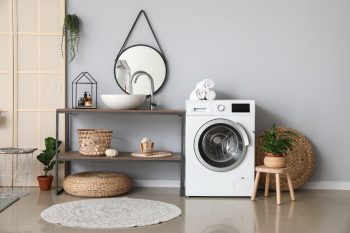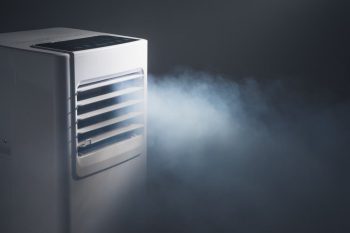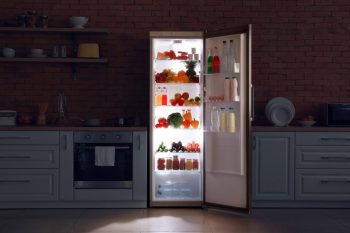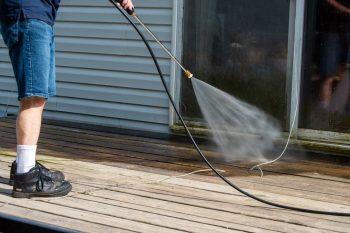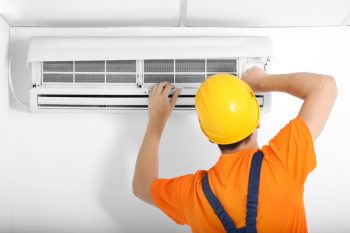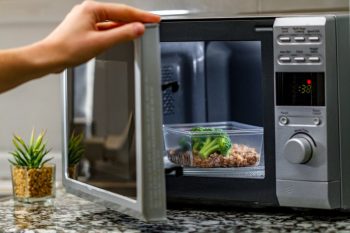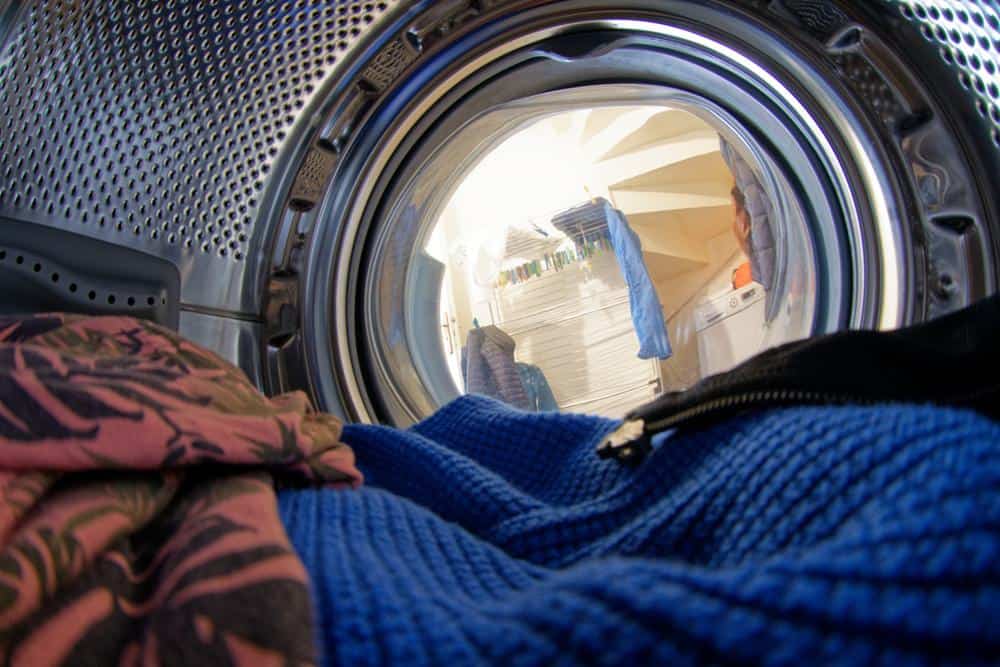
Are you looking to cut down on your energy bills and make your dryer more efficient? If yes, then you’re in the right place. This comprehensive guide will provide you with practical steps to optimize your dryer’s performance and efficiency.
Making a dryer more efficient involves several steps: Don’t overload the dryer, regularly clean the lint filter and dryer duct, use dryer balls, use lower heat settings, dry full loads, and maintain your dryer vent. Advanced features such as heat pump technology, moisture and temperature sensors, and ENERGY STAR certification can also improve efficiency. Adopting energy-saving habits like using lower heat settings and regular maintenance can further boost your dryer’s efficiency.
Understanding Your Dryer
Before we dive into the steps to enhance your dryer’s efficiency, it’s crucial to understand the different types of dryers and how their efficiency can be impacted. Dryers come in three main types: electric, gas, and heat pump.
Heat pump dryers are the most energy-efficient, providing significant energy savings compared to electric and gas dryers. They operate at lower temperatures, which makes them gentler on clothes, though they may take slightly longer to dry clothes.
Electric and gas dryers have similar features and energy efficiency, with the main differences being in upfront and operational costs, venting requirements, and safety considerations.
Steps to Improve Your Dryer’s Efficiency
Don’t Overload the Dryer
Overfilling the dryer can restrict air circulation, making it take longer and use more energy. Check the manufacturer’s guidance for specific load limits.
Clean the Lint Filter and Dryer Duct
Regularly clean the lint filter and dryer duct to improve air circulation and prevent fires. A clogged lint screen can block air flow through the dryer, causing overheating and reduced efficiency.
Use Dryer Balls
Dryer balls can increase air circulation and decrease drying time. They help separate clothes and improve air circulation, reducing drying time and energy consumption.
Use Lower Heat Settings
Lower temperature settings can save energy and are gentler on clothes. Research shows that new dryers use significantly less energy to dry most typical loads on low heat than on high heat, even though the dryer runs longer.
Dry Full Loads
Drying small loads wastes energy, while overloading causes wrinkling and uneven drying. Air should be able to circulate freely around the clothes as they tumble.
Maintain Your Dryer Vent
Regularly clean your dryer vent to ensure optimal performance and reduce the risk of dryer fires. Unplug the dryer, disconnect the vent hose, and use a vacuum or vent brush to clean out the vent from both the dryer and the exterior vent.
Advanced Features to Improve Efficiency
Newer dryers incorporate advanced features and technologies to improve efficiency and performance. Some of these features include heat pump technology, moisture and temperature sensors, and ENERGY STAR certification.
Adopting Energy-Saving Habits
By implementing energy-saving habits, you can boost your dryer’s efficiency, save money on utility bills, and extend the life of your clothes. Some energy-saving habits include using dryer balls, cleaning lint filters regularly, using lower heat settings, and using the automatic cycle instead of timed drying.
In conclusion, making your dryer more efficient involves a combination of regular maintenance, adopting energy-saving habits, and understanding the type of dryer and its specific requirements. By following these tips, you can improve the efficiency of your dryer, save energy, and reduce your energy bills.
Frequently Asked Questions
What are dryer balls made of?
Dryer balls are typically made of wool or spiky plastic. The wool ones are eco-friendly and can be used for hundreds of loads before they need replacing, while plastic ones are durable and do not leave any residue on clothes.
How often should I clean my dryer’s lint filter?
It is recommended to clean the lint filter after every drying cycle. This ensures optimal air flow and maximum efficiency of your dryer.
What is the ENERGY STAR certification on a dryer?
The ENERGY STAR certification indicates that the dryer meets certain energy efficiency criteria set by the U.S. Environmental Protection Agency. ENERGY STAR certified dryers use about 20% less energy than conventional models.
How does a heat pump dryer work?
A heat pump dryer uses a refrigeration system to dry and recycle the same air. It removes moisture from the clothes, condenses it, and then reheats the air for further drying. This process uses significantly less energy compared to traditional dryers.
Is it safe to use lower heat settings for all types of fabrics?
Yes, it is generally safe to use lower heat settings for all types of fabrics. However, some fabrics may require specific care. Always check the fabric care label on your clothing before drying.

